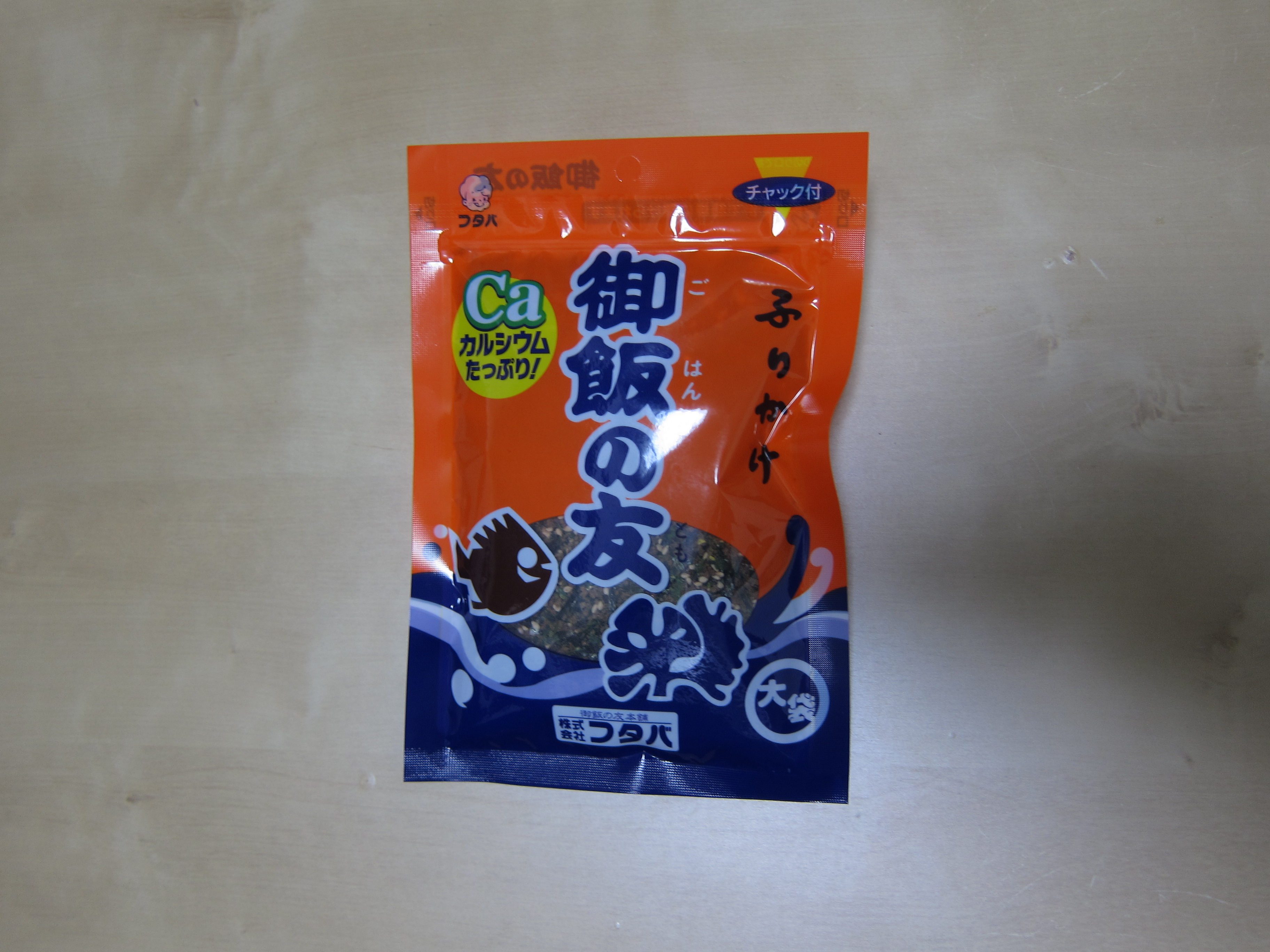|
Arare (food)
is a type of bite-sized Japanese cracker made from glutinous rice and flavored with soy sauce. The size and shapes are what distinguish ''arare'' from ''senbei.'' The name is chosen to evoke hailstones – smaller arare are similar in size and shape to hailstones, though others can vary significantly in size, flavor and shape. Arare is also called kakimochi or mochi crunch in Hawaii where it was introduced in the 1900s. Types There are many different sizes, colors, and shapes of ''arare''. Some are sweet, and others savory. One, called ''norimaki arare'' (nori meaning an edible seaweed in the form of a dried sheet; maki meaning roll shape) is wrapped with dried nori seaweed. Another, , takes its name from its resemblance to a persimmon seed. (''Kaki'' is Japanese for "persimmon".) ''Kaki no tane'' are often sold with peanuts, a combination called . These are a popular snack to accompany Japanese beer. Culture Japanese typically consume ''arare'' to celebrate ''Hinamatsuri'', ... [...More Info...] [...Related Items...] OR: [Wikipedia] [Google] [Baidu] |
:Category:Japanese Words And Phrases ...
{{Commons Words and phrases by language Words Words Words A word is a basic element of language that carries an objective or practical meaning, can be used on its own, and is uninterruptible. Despite the fact that language speakers often have an intuitive grasp of what a word is, there is no conse ... [...More Info...] [...Related Items...] OR: [Wikipedia] [Google] [Baidu] |
Japanese Beer
Beer in Japan mostly comes from the country's four major breweries, Asahi, Kirin, Sapporo and Suntory, which mainly produce pale lagers around 5% ABV. Beer is immensely popular, far ahead of sake consumption. As well as Pilsner style lagers, the most commonly produced beer style in Japan, beer-like beverages made with lower levels of malt, called '' happoshu'' (literally, "bubbly alcohol") or non-malt , have captured a large part of the market, as tax is substantially lower on these products. Microbreweries have also become increasing popular since deregulation in 1994, supplying distinct tasting beers in a variety of styles that seek to match the emphasis on craftsmanship, quality, and ingredient provenance often associated with Japanese food. Craft beer bars and pubs are also popular in Japan's major cities, with Tokyo and Osaka having vibrant craft beer scenes, generally with a focus on locally produced and imported beers from the US and Europe. In 2014, Kirin ent ... [...More Info...] [...Related Items...] OR: [Wikipedia] [Google] [Baidu] |
Glutinous Rice Dishes
Domestication syndrome refers to two sets of phenotypic traits that are common to either domesticated animals, or domesticated plants. These traits were identified by Charles Darwin in '' The Variation of Animals and Plants Under Domestication.'' Domesticated animals tend to be smaller and less aggressive than their wild counterparts, they may also have floppy ears, variations to coat color, a smaller brain, and a shorter muzzle. Other traits may include changes in the endocrine system and an extended breeding cycle. Research suggests that modified neural crest cells are potentially responsible for the traits that are common across many domesticated animal species. The process of plant domestication has produced changes in shattering/fruit abscission, shorter height, larger grain or fruit size, easier threshing, synchronous flowering, and increased yield, as well as changes in color, taste, and texture. Origin Charles Darwin's study of ''The Variation of Animals and Plan ... [...More Info...] [...Related Items...] OR: [Wikipedia] [Google] [Baidu] |
Beika
In Japanese, describes a '' higashi'' (dry Japanese confectionery) that is made out of rice. Major types include: * '' senbei'' * ''okaki'' * '' arare'' * '' kaki no tane'' Some types of ''senbei'' may use wheat flour or barley flour instead of rice flour, for example ''tansan senbei'', ''nanbu senbei'' and ''kawara senbei''. See also * Japanese cuisine * List of crackers This is a list of crackers. A cracker is a baked good typically made from a grain-and-flour dough and usually manufactured in large quantities. Crackers (roughly equivalent to savory biscuits in the United Kingdom and the Isle of Man) are usual ... * List of Japanese desserts and sweets * References Japanese desserts and sweets {{Japan-cuisine-stub ... [...More Info...] [...Related Items...] OR: [Wikipedia] [Google] [Baidu] |
Rengginang
''Rengginang'' or ''ranginang'' is a kind of Indonesian thick rice cracker, made from cooked glutinous sticky rice and seasoned with spices, made into a flat and rounded shape, and then sun-dried. The sun-dried ''rengginang'' is deep fried with ample cooking oil to produce a crispy rice cracker. This cracker is quite different from other types of traditional Asian crackers such as the Indonesian '' krupuk'' and the Japanese ''senbei'' or '' beika''; while most of traditional crackers' ingredients are ground into a fine paste, ''rengginang'' retains the shapes of its rice grains. It is similar to Japanese '' arare'', and yet it differs because ''arare'' are individually separated larger rice pellets, while ''rengginang'' rice granules are stuck together in a flat-rounded shape. ''Rengginang'' traditionally made from dried leftover rice. In Suriname it is known as ''brong-brong''. ''Rengginang'' can be plain, or flavoured sweet, salty or savoury. The most common ''rengginang'' ... [...More Info...] [...Related Items...] OR: [Wikipedia] [Google] [Baidu] |
Senbei
are a type of Japanese rice cracker. They come in various shapes, sizes, and flavors, usually savory but sometimes sweet. Senbei are often eaten with green tea as a casual snack and offered to visiting house guests as a courtesy refreshment. There are several types of traditional Japanese ''senbei''. They can be baked or deep-fried and sometimes sweetened. Aside from rice, wheat flour or starch can be used. Some varieties even use foods other than grains, such as ''sakana senbei'' (fish-senbei), ''renkon senbei'' ( lotus root senbei) and ''hone senbei'' (bone-senbei). ''Senbei'' have several variations, including ''Nori''-wrapped, '' Arare'', '' Olive no Hana'', Soy nut, and wet. Thin rice crackers (薄焼きせんべい ''usuyaki senbei'') are popular in Australia and other countries. In China, the same characters used to write ''senbei'' are read jiānbǐng ( zh, t=, s=煎饼, p=jiānbǐng, labels=no); the term instead refers to a crepe and is more similar in preparati ... [...More Info...] [...Related Items...] OR: [Wikipedia] [Google] [Baidu] |
Mochi (food)
is a Japanese rice cake made of , a short-grain japonica glutinous rice, and sometimes other ingredients such as water, sugar, and cornstarch. The rice is pounded into paste and molded into the desired shape. In Japan, it is traditionally made in a ceremony called . While eaten year-round, mochi is a traditional food for the Japanese New Year, and is commonly sold and eaten during that time. Mochi is a multicomponent food consisting of polysaccharides, lipids, protein, and water. Mochi has a heterogeneous structure of amylopectin gel, starch grains, and air bubbles. The rice used for mochi has a negligible amylose content and a high amylopectin level, producing a gel-like consistency. The protein content of the japonica rice used to make mochi is higher than that of standard short-grain rice. Mochi is similar to , but is made by pounding grains of rice, while dango is made with rice flour. History The process of steaming glutinous rice and making it into a paste is consid ... [...More Info...] [...Related Items...] OR: [Wikipedia] [Google] [Baidu] |
Agemochi
is a popular Japanese snack food made from fried ''mochi'' (sticky rice). The dry ''mochi'' is broken into small pieces, about 1 cm cubed, and deep fried. The pieces then puff up. It is usually eaten lightly salted, but also various flavoured versions are made, such as ''shichimi agemochi'', which is ''agemochi'' covered with ''shichimi , also known as or simply ''shichimi'', is a common Japanese spice mixture containing seven ingredients. Tōgarashi is the Japanese name for ''Capsicum annuum'', a red pepper native to Central and South America, and it is this ingredient that ...'' seasoning. ''Agemochi'' can be purchased over most of Japan, and is also a common home-made snack. References Japanese snack food Japanese rice dishes {{Japan-cuisine-stub ... [...More Info...] [...Related Items...] OR: [Wikipedia] [Google] [Baidu] |
Furikake
is a dry Japanese condiment . Japanese Kitchen. Accessed 28 October 2009. to be sprinkled on top of cooked rice, vegetables, and fish, or used as an ingredient in . It typically consists of a mixture of , s, chopped , sugar, salt, and monosodium glutamate. [...More Info...] [...Related Items...] OR: [Wikipedia] [Google] [Baidu] |
Hawaii
Hawaii ( ; haw, Hawaii or ) is a state in the Western United States, located in the Pacific Ocean about from the U.S. mainland. It is the only U.S. state outside North America, the only state that is an archipelago, and the only state geographically located within the tropics. Hawaii comprises nearly the entire Hawaiian archipelago, 137 volcanic islands spanning that are physiographically and ethnologically part of the Polynesian subregion of Oceania. The state's ocean coastline is consequently the fourth-longest in the U.S., at about . The eight main islands, from northwest to southeast, are Niihau, Kauai, Oahu, Molokai, Lānai, Kahoolawe, Maui, and Hawaii—the last of these, after which the state is named, is often called the "Big Island" or "Hawaii Island" to avoid confusion with the state or archipelago. The uninhabited Northwestern Hawaiian Islands make up most of the Papahānaumokuākea Marine National Monument, the United States' largest prot ... [...More Info...] [...Related Items...] OR: [Wikipedia] [Google] [Baidu] |
Japanese In Hawaii
The Japanese in Hawaii (simply Japanese or “Local Japanese”, rarely Kepanī) are the second largest ethnic group in Hawaii. At their height in 1920, they constituted 43% of Hawaii's population. They now number about 16.7% of the islands' population, according to the 2000 U.S. Census. The U.S. Census categorizes mixed-race individuals separately, so the proportion of people with some Japanese ancestry is likely much larger. History Contact before 1778 Final voyage of the ''Inawaka-maru'' The first known arrival of Japanese to the Kingdom of Hawaii after Hawaiian contact with James Cook came on May 5, 1806, involving survivors of the ill-fated ship ''Inawaka-maru'' who had been adrift aboard their disabled ship for more than seventy days. The ''Inawaka-maru'', a small cargo ship built in 1798 in Osaka, was owned by Mansuke Motoya. The ''Inawaka-maru'' started its final voyage from Hiroshima to Edo (modern Tokyo) on November 7, 1805. The ship had been chartered by ... [...More Info...] [...Related Items...] OR: [Wikipedia] [Google] [Baidu] |
United States
The United States of America (U.S.A. or USA), commonly known as the United States (U.S. or US) or America, is a country primarily located in North America. It consists of 50 U.S. state, states, a Washington, D.C., federal district, five major unincorporated territories, nine United States Minor Outlying Islands, Minor Outlying Islands, and 326 Indian reservations. The United States is also in Compact of Free Association, free association with three Oceania, Pacific Island Sovereign state, sovereign states: the Federated States of Micronesia, the Marshall Islands, and the Palau, Republic of Palau. It is the world's List of countries and dependencies by area, third-largest country by both land and total area. It shares land borders Canada–United States border, with Canada to its north and Mexico–United States border, with Mexico to its south and has maritime borders with the Bahamas, Cuba, Russia, and other nations. With a population of over 333 million, it is the List of ... [...More Info...] [...Related Items...] OR: [Wikipedia] [Google] [Baidu] |
.jpg)





